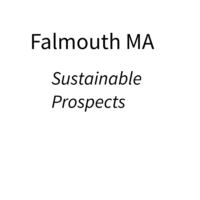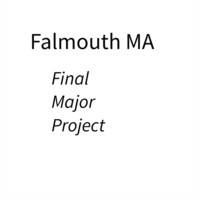This week’s reflection focuses on two activities:
-
Oral Presentation
-
Clacton and Walton Pier Shoots
In the last module, I prepared a script for my Oral Presentation and recorded the presentation late in the module. Though I felt the content covered was okay the production values for the presentation suffered due to the limited time spent on the assignment compared to the effort invested in the other two assessed pieces of work. I decided I wanted to rectify that situation and therefore committed to creating a draft much earlier in the module. For this draft I wanted to focus on topics covered by the weekly activities as they applied to my practice plus a light touch appraisal of my work in progress. The reason I decided on a light touch view of the work in progress is that I am still deciding how I read the work I have developed during the module. There are a couple of different stories that the images explore and because I am still at an early stage of the edit I am not sure which direction I want to take with the final edit.
The first option is comparing the pier to an ocean going linear the promenade deck being a parallel to the upper decks used buy the wealthier classes and the piers superstructure the experience of a passage travelling in steerage who did not have access to the views of those on the promenade deck. Some piers along the Essex coast still maintain that segregation charging for access to the pier. Whiles do not charge an access fee creating a more democratic space.
The second option focuses on the beach representing the transition between the physical fixed aspects of the land compared to the the sea which is guild and never fixed. I view land to represent the present the here, now the past. The seas is a spiritual future possibly the afterlife. Pier that are perpendicular to coastline and for me represent a way for us in the physical world to reach into the world of the spirits. This view is referenced by the fact several people have used plaques and paddocks as mechanism of remembrance for someone who is no longer there. I think this reading of the pier is has power personally for me as we are approaching the first anniversary of the passing of my father-in-law. The challenges of dealing with loss but not forgetting instead celebrating a rich life weighs heavy within our house.
I got some great feedback from Krishna and Philip Singleton on my oral presentation and the work included in the draft version. I liked Philip and Krishna’s idea to use the pier as an outdoor studio and take images of the people who visit the pier especially those piers that do not charge an entrance fee as they are more democratic spaces. Recording the variety of people who visit the pier like the work of Jamie Hawksworth and his images from Preston Bus Station which similar to the pier is a transition point. The piers at Walton and Harwich continue as operational points of embarkation for vessels. This could add a new layer to my work that I think I want to develop further during my final project activity because I will have more time to develop the theme than during this module where my work is very much focusing on the pier as a structure and creating abstract images based on different parts of the pier.
I agreed with the feedback that I should include more images and I intend to move that aspect of the oral presentation away from a static PowerPoint presentation to a television style of presentation using lower third for text information rather than the text dominating the screen.
The other part of the week was spent expanding my work in progress of the Essex piers visiting Walton for the first time and a repeat visit to Clacton to take images to broaden the body of work based on the development of thought following a recent trip to Harwich Pier. In addition, I have decided to add another dimension to the work by taking rubbings of the promenade deck. The process of taking a rubbing is a form of mechanical reproduction that predates their introduction of film, most closely associated with the photogram process where the transfer is achieved due the object being in direct contact with the object being recorded. Rubbing only capturing. Those elements of the pier that are in direct contact with the paper analogous to the focal plan of a photocopier. Applying too much pressure and the image of the contact surface becomes blurred. The promenade deck texture is the result of the rain, foot steps and natural decay of the wood combining to create unique forms. The rubbing is a trace or simulacra of those different elements compounding at a specific point on the deck similar yet no two areas are the same.
The rubbing reminds me of the images of the sea around the pier on a day where there is a light wind the water surface showing small peaks and troughs.
Overall I am happy with the development of a different image making process alongside those using lens based image making. In the coming weeks, I am going to explore how to bring the two forms together as part of this modules work in progress.



